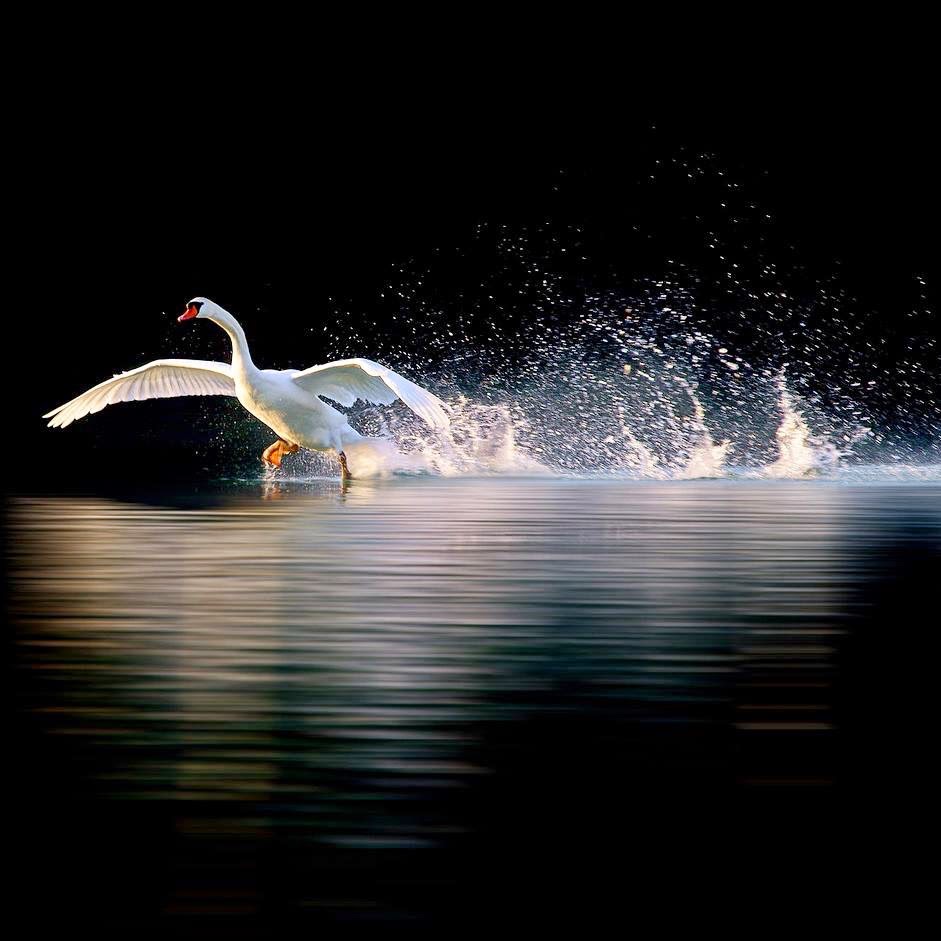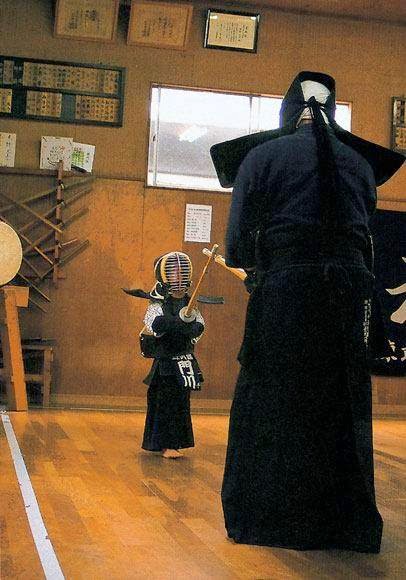Today we have another guest post by Jonathan Bluestein. The topic is: just what is it that constitutes a good martial arts teacher? I am sure that we all have our opinions. Enjoy.
What Constitutes
a Good Martial Arts Teacher?
By
Jonathan Bluestein
The standards of what it takes to be
a martial arts teacher in today’s society are sadly very low. Any fool may
present himself as such. Many make up their own titles, certificates and diplomas,
while others receive them from those that did so before.
I have therefore written this article
for two reasons:
1. To be of personal inspiration for
martial arts teachers worldwide, so they could live up to higher expectations
of themselves.
2. To help novice practitioners and
those new to the martial arts know what to look for in a teacher.
All of the requirements you shall be
reading below, I demand first and foremost from myself, and also from my own
students wherein they wish to teach. In this is depicted primary quality of a
teacher, and a leader of any kind – setting a personal example.
Let us talk about that last one.
There should be an understanding that every martial arts teacher is, by
definition, a parent. It does not matter whether one sees oneself as such. The
students who engage in the martial arts under you come willing to learn things
they do not know, and often have not the slightest clue about. Most among the
students who shall last (even older folks) will develop the tendency to consider
you as a parent; that is – a person guiding them through the unknown. In this
process, the by-product of their mindset will be that they will look up to your
personal example in all things, not only martial arts. You will not hear about
this from most of them, but it is quite certain that you shall witness the
consequences. The best and worst martial arts teachers are mirrored, on the
personal level, by their students’ behavior outside of class. Your students
will take a mental note of every gesture, word, act or step you make and take,
because they have opened up their thinking and emotional mind to you. The
martial arts teacher therefore needs to be almost a saint in his daily dealings
with other human beings, at least as much as his students can witness, because
any less will negatively affect the lives of others. Not all of us are
perfectly well behaved, and some arrive at teaching with a shadier past, but
once a teacher, one needs to aspire to be greater for the sake of his students.
A good example for this would be something I was told by one of my teachers,
Sifu Sapir Tal (Jook Lum Southern Mantis). He had quit smoking a while after he
started teaching, as he realized he could not set a bad example for his
students, who would sometimes see him with his cigarettes. Otherwise, when bad habits that cannot be
done with, they should be kept hidden.
Setting an example includes having Knowledge. An education. On what is relevant
to one’s art and practice, of course, but in a very holistic and comprehensive
way. An ignorant teacher is the breeder of naïve and uninformed disciples.
He ought to be able to name his style and tell its exact origins (no, ‘Kung Fu’ and ‘Wushu’ are not
names of styles, but umbrella terms for various Chinese martial arts.
‘Jujutsu’, ‘Karate’ and others also have many sub-styles). He needs to be
fluent in the lingo and special terminology of the style. Movements, methods and techniques
should be understood on multiple levels – Martial, Physiological, Anatomical, Kinesiological,
Biological, Psychological, Philosophical, Historical, and more. In all of these
in general, the teacher needs to have indulged in his study prior to his
becoming a tutor of others. Many professions require one to have a single
specialization, but the glorious occupation of teaching the martial arts
demands one to be educated in multiple fields of study.
The teacher should always publicly name his teacher, teacher’s teacher and so-forth at
least 2-3 generations before him. All martial arts styles should have a
history. Even ‘completely new’ styles should be based on some past knowledge
that came from somewhere. Not
paying respects to one’s martial ancestors is utterly disgraceful. I know of
many teachers who, because of bad blood flowing in their martial arts family,
refrain from mentioning these origins. Such people are not worthy of being
called teachers. It is to be expected that when the time comes, they will suffer
similarly bad relationships with their own martial offspring. Though it cannot
be asked for that each and every single martial arts teacher out there always
maintain a good relationship with his teacher, having such relationship is
preferable and important. Likewise, it is also preferable that the teacher will
continue to have teachers of his own, even in older age.
It is to be expected that any man
calling himself a teacher have had at least 4-5 consecutive years studying with his main teacher. This is to ensure that his
knowledge and skill in his ‘foundation martial art’ has matured enough before
he began teaching.
This in turn should be demonstrated in Martial Ability. He ought
to be versed in all or most of the art’s methods and techniques, and be able to
explain in great detail each of them. It is not expected that any teacher
should be the world’s greatest fighter, but at least in class, the teacher
needs to have the ability to make every single technique work against a
resisting student, under the right circumstances that this technique was
created for. In addition, he should manifest the ‘flavour’ of the
particular martial art being taught, in a way that makes it clear that it is
indeed that style and not something unrelated.
The language of a teacher should be
clear and honest. Too many teachers are busy scheming politically among their
students, and using cunning speech to manipulate others. Confucius said: “Human
beings live in honesty. Those who are dishonest, live feeling their lives are
fated”. The dishonest
are unfit to be teachers. Dishonesty in the world of martial arts is a social disease, which
causes great suffering to many. People often invest a lifetime in the training
of an art, and such individuals are especially prone to damage from dishonest
teachers. Every teacher should consider that one act of dishonesty on his
behalf, one directed misinterpretation, can send a well-intended person to
stroll the wrong path for a lifetime. Such acts are beyond cruel. Vagueness is
not much better than dishonesty, for it allows the naïve and uninformed to come
up with wrong interpretations. Though some answers should be found be the
student without guidance, it needs be clear for him or her where they should be
headed. Without knowing what to expect, most will be lost.
It is important to keep in mind in
this respect that what is obvious to us as teachers is not the least obvious to
most students. A teacher should know how to avoid the all-too-common psychological error of
considering the other as he considers himself. That is true for knowledge, but also for the unique
personality of each individual, his or her learning style, their history and
background, the state of their health, etc. Very important to take note of by
the teacher are the different goals of students, which do not always align with
what he has in mind. Myself, I am very much interested in the martial aspects
of my arts, but with self-honesty and common sense I must realize that many of
my students are not highly enthusiastic about such matters. It is therefore my
responsibility to portray a decent among of liberalism and acceptance, allowing
these people to best find what they look for by learning from me, while keeping
them in the boundaries of reason and good taste. While they should ‘go along
with the program’, there is a limit to how much one ought to force his own
aspirations, vision and ideas upon his students.
It should be clear to any teacher
that the indulgent in lowly politics is contrary to the spirit of martial arts.
A teacher must not
act like a parliament politician. Promises are to be kept. Personal conduct is paramount. Rank
or status should not be handed over to a person based on ‘deals’, ‘favours’ or
personal preferences. Official ‘appointments’ are better done without. Money, while important for making a living,
should never ever be the deciding factor in a teacher-student relationship.
Tuition should reflect real worth, but also be fair and reasonable towards
students. Contracts are for lawyers, not martial artists. Competitions and
their management are great for business, status and fame – not for personal
development. Students should not pay for competitions, and their personal
safety is more important than this or that medal or trophy. The charging of
more money from more veteran students is nothing but greed, and is shameful.
Selling accessories and attire is nice, but a teacher should remain a teacher,
and never cross the line into being a part-time store owner.
Finally, a good teacher should allow
the student to politely and appropriately pose questions concerning the art and
the teachings in a multitude of ways. Inquisitive minds are to be encouraged. A
student ought to have full access to the teacher’s body – being able to openly
request the teacher to demonstrate a given method or technique, observe these
and also allowed to touch the teacher’s body as he is demonstrating them.
Direct, hands-on contact is one of the most important keys for establishing a
complete transmission of a martial art.
Be the
change you want to see in the world, and the world will pay you back with
kindness.
______________________________________________
Jonathan Bluestein is best-selling author, martial arts teacher, and head of Blue Jade Martial Arts International. For more articles by shifu Bluestein, his books and classes offered by his organization, visit his website at: www.bluejadesociety.com
You may also subscribe to Shifu Bluestein's youtube channel, which is regularly updated with rare and fascinating martial arts videos:
https://www.youtube.com/channel/UCR0VUbThdexbXJb9BBSKMbw
All rights of this article are and the pictures within it are reserved to Jonathan Bluestein ©. No part of this article may be reproduced or transmitted in any form or by any means, electronic or mechanical, including photocopying, recording, or by any information storage and retrieval system, without permission, in writing, from Jonathan Bluestein.




.JPG)





